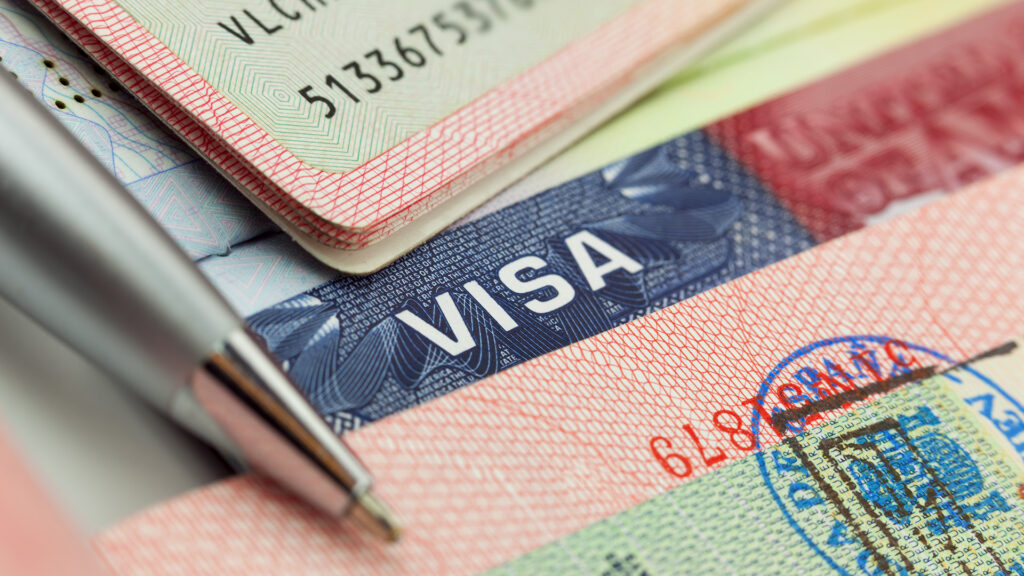How will migrants prove their immigration status under the new system?
The idea behind the new system is that all applications will be made online, and migrants will receive an e-visa rather than physical proof of their status. The government considers that a move to e-visas will provide a more secure, up-to-date, and convenient way to apply for and maintain status. From 2023, the Home Office intends to have customer service agents who will all be in-house experts that will be able to view customers’ immigration interactions in one place.
Recently, a large number of migrants have been granted biometric immigration documents with an expiry date of December 2024 even where this doesn’t correlate with their permission to stay. This is due to the deadline to move to e-visas (replacing visa vignettes and biometric documents) which has also been set for the end of 2024.
How will travel into the UK be affected?
Following the government campaign to strengthen the UK border, the Home Office is introducing a Permission to Travel scheme. The central tenet of this scheme is that everyone wishing to travel to the UK will need permission to be there before travelling. One of the intended outcomes of this scheme is that the Home Office will have more knowledge about those seeking to come to the UK thus preventing the arrival of those who may present a threat.
When reaching UK border control, travelers must present either:
- a passport – for British and Irish citizens;
- an e-visa – for visa nationals and any resident coming to work or travel; or
- (3) an Electronic Travel Authorisation (ETA) for those who are non-visa nationals.
The new documentary requirements have the potential to have a significant costs impact on individuals who currently rely on physical documents to prove their right of residence in the UK.
Is full-scale digitalisation discriminatory?
The Home Office has faced backlash for the move toward full-scale digitalisation. In R (The3Million Ltd) v Secretary for the Home Department, The3Million Ltd claimed that the new plans are discriminatory to certain groups on the basis of age, disability and race and that equal opportunities haven’t been considered. It was argued that the Home Office has failed to consider the reality that many individuals have no access to or are unable to use technology.
The High Court in the The3Million Ltd case ultimately refused to put the proposals through judicial review challenge as the plans aren’t yet in effect, and to do so would therefore be ‘premature.’
The Home Office remains intent on rolling out full digitalisation and have relied upon new guidance and support for using online services to counter discrimination concerns.
What further guidance can we expect?
The Home Office intends to provide clearer customer guidance on the gov.uk website with a simplified set of help including a series of “how to” videos to help customers to navigate the system. This guidance is expected later this year.
They also intend to run communication and engagement campaigns. These campaigns are set to offer support through targeted messaging and outreach to new and existing audiences affected by the changes.
This communication is set to be delivered with the support of expert Advisory Groups and key stakeholders in various sectors who have been enlisted to provide their feedback on the new programme as well as providing engagement opportunities across the sectors.
More priority slots for sponsors?
As well as releasing plans to digitalise our immigration system, the Home Office has also promised to increase priority slots for sponsor licence applications. The pre-licence priority service allows sponsors to prioritise their licence applications and reduces the application review time to as little as 10 days where it would usually take between eight and 10 weeks (or possibly longer for more complex applications).
Previously, only 10 slots were available per day, divvied out on a first come first served basis. If your request is accepted, you then have 72 hours to pay the £500 surcharge for the priority service and have your application expedited.
Since 1 August 2022, the priority service has been increased to offer 30 priority slots per day under the usual process. This increase comes pursuant to the aim of reducing the time it takes to recruit migrant workers. We are yet to see if this increase will be able to make a dent in the processing time for the 400-500 applications for sponsor licences received by the Home Office per week.
If you are a sponsor with questions about the digitalisation of the immigration system, or a business looking to get a sponsor licence, get in touch with our team of expert immigration lawyers for bespoke advice at a.christen@capitallaw.co.uk.




